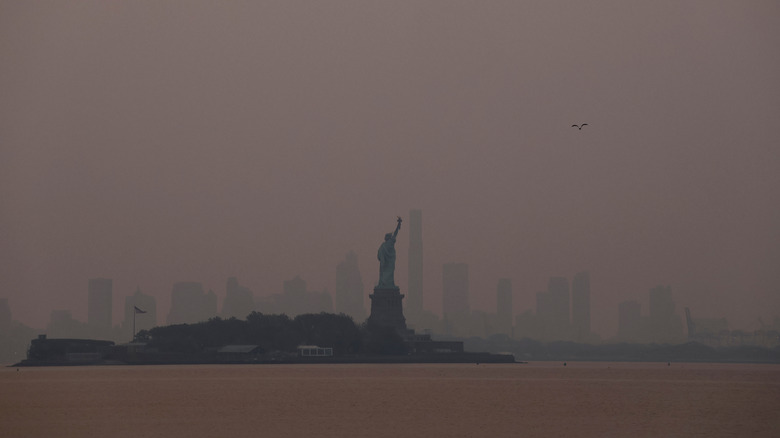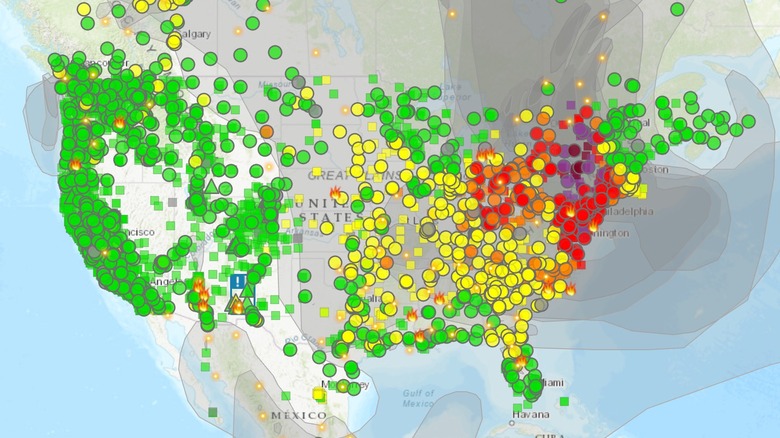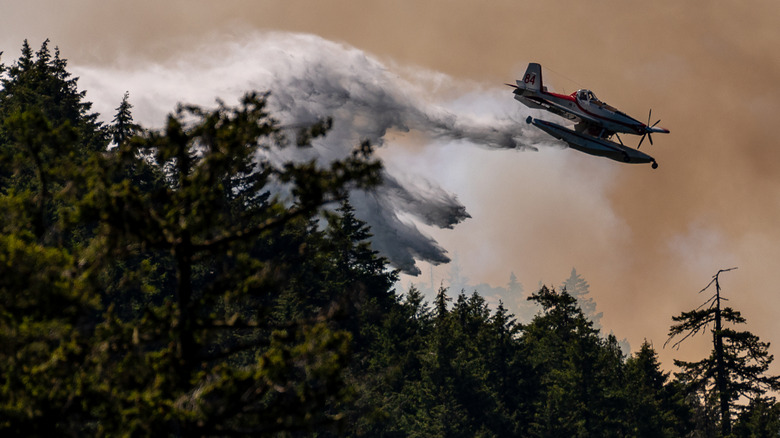How High Does The Air Quality Index Go?
The U.S. Air Quality Index (AQI) has become a more and more common metric in recent years, as yearly wildfires that ravage forests across America continue to peak earlier in the season and spread over a wider area. Such rural wildfires have been shown to contribute to air pollution even in large urban areas such as New York City.
Put simply, the AQI is used as a simplified barometer of air quality, allowing weather report outlets to easily express the level of air pollution and communicate it to the public. The scale runs from 0 to 500, and it is important to note that the scale is proportionate to the frequency of pollutants in the air. The higher the number the higher the pollution, the lower the quality of the air you breathe.
Scientific research and increased environmental reporting have made Americans more aware than ever of the effects of air pollution on health. For some, such information is vital: knowing when to stay indoors can help prevent exacerbating health conditions by breathing in polluted air.
How the Air Quality Index works
The Air Quality Index (AQI) was devised by the U.S. Environmental Protection Agency, which employs it on the Fire and Smoke Map to give an insightful overview of the quality of the air across the country during the wildfire season.
The AQI is designed to inform Americans of the prevalence of five main pollutants in the air around them: ground-level ozone, particle pollution or particle matter, carbon monoxide, sulfur dioxide, and nitrogen dioxide, which arise from a variety of sources including wildfires, industry, and traffic.
An AQI rating of 1 to 50 is an indicator of good air quality, while 50 to 100 indicates that the air quality is moderate, with 100 standing as the National Ambient Air Quality Standard for many pollutants. Beyond that, each 50-point block represents increasing severity in terms of poor air quality: above 100, "sensitive" people may be affected, while above 200 the air quality is described as being hazardous for all, according to AirNow.
Soaring AQI rates during wildfires
News reports of wildfires in the United States and Canada have highlighted the hazardous effect that such blazes can have on air quality throughout North America. In June 2023, The New York Times reported that the air in New York and several other cities were being adversely affected by widespread fires across Canada — predominantly in Quebec — the smoke from which had billowed south across the border.
On June 6, the AQI was reporting ratings in excess of 151, a rating that is considered "unhealthy" and the point at which the level of pollution in the air may affect "some members of the general public," per AirNow, and is well beyond the point where those with existing health conditions are advised to exercise caution.
By June 7 the degradation in air quality was so severe that The Washington Post reported the AQI as being "code purple" in New York and Philadelphia, and "code red" in several cities in New England. New York was said to have the second-worst air quality of any major city on the planet due to the influx of smoke, behind India's New Delhi in terms of air pollution levels. Schools across the city canceled outdoor and sports lessons as the public at large was urged to refrain from exercise and to remain indoors where possible.


